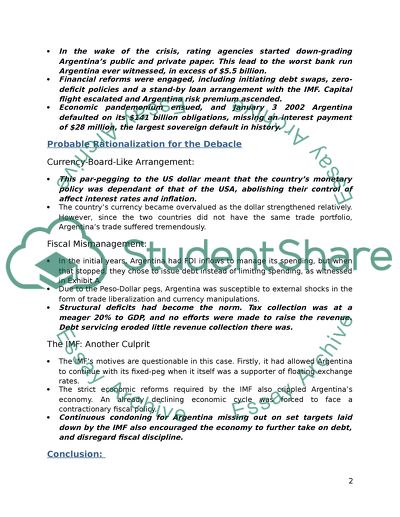Case Memo 03 Essay Example | Topics and Well Written Essays - 500 words. Retrieved from https://studentshare.org/miscellaneous/1573426-case-memo-03
Case Memo 03 Essay Example | Topics and Well Written Essays - 500 Words. https://studentshare.org/miscellaneous/1573426-case-memo-03.


